-
CATEGORY ::
- All Seeds /
- All Flower Seeds /
- All Yarrow Seeds
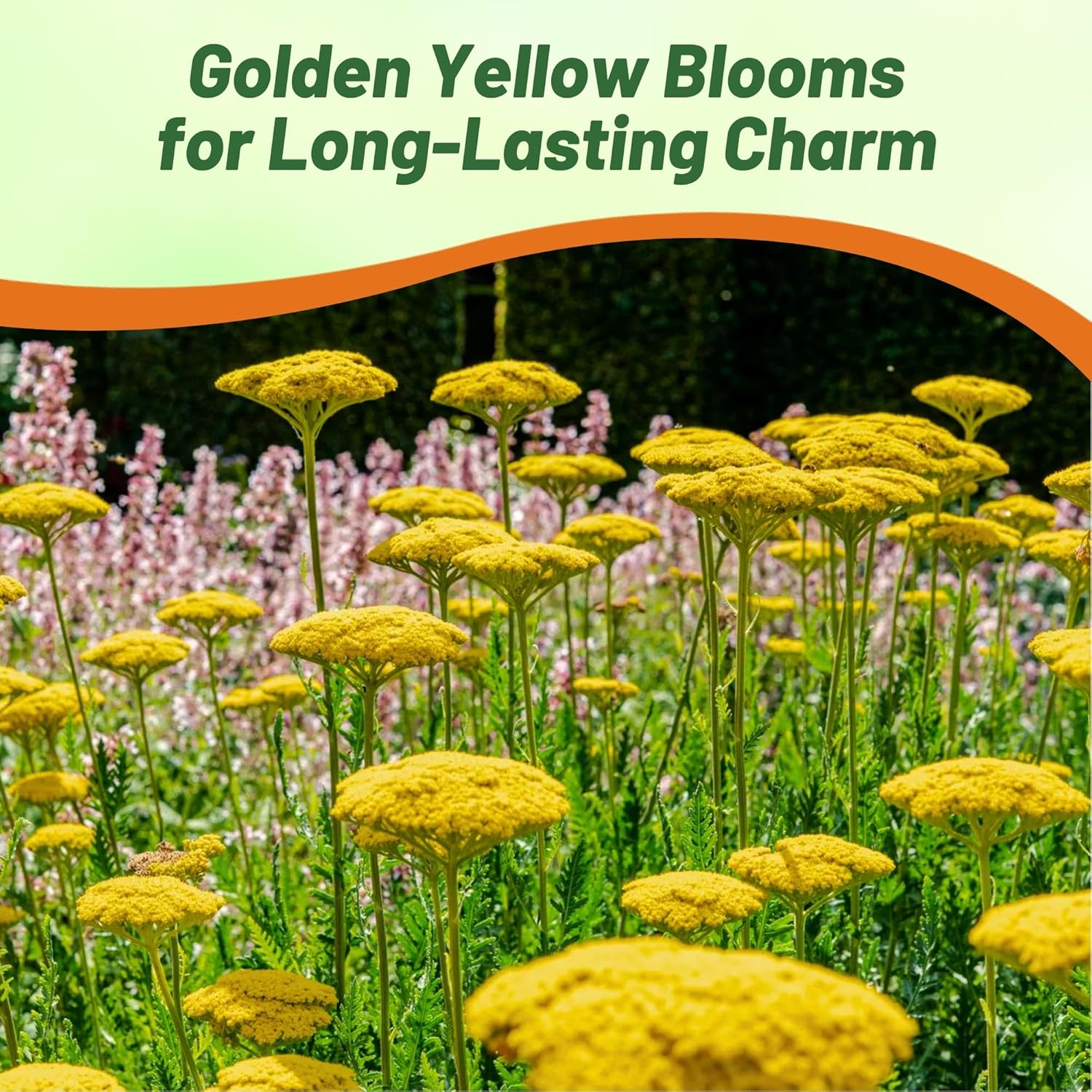

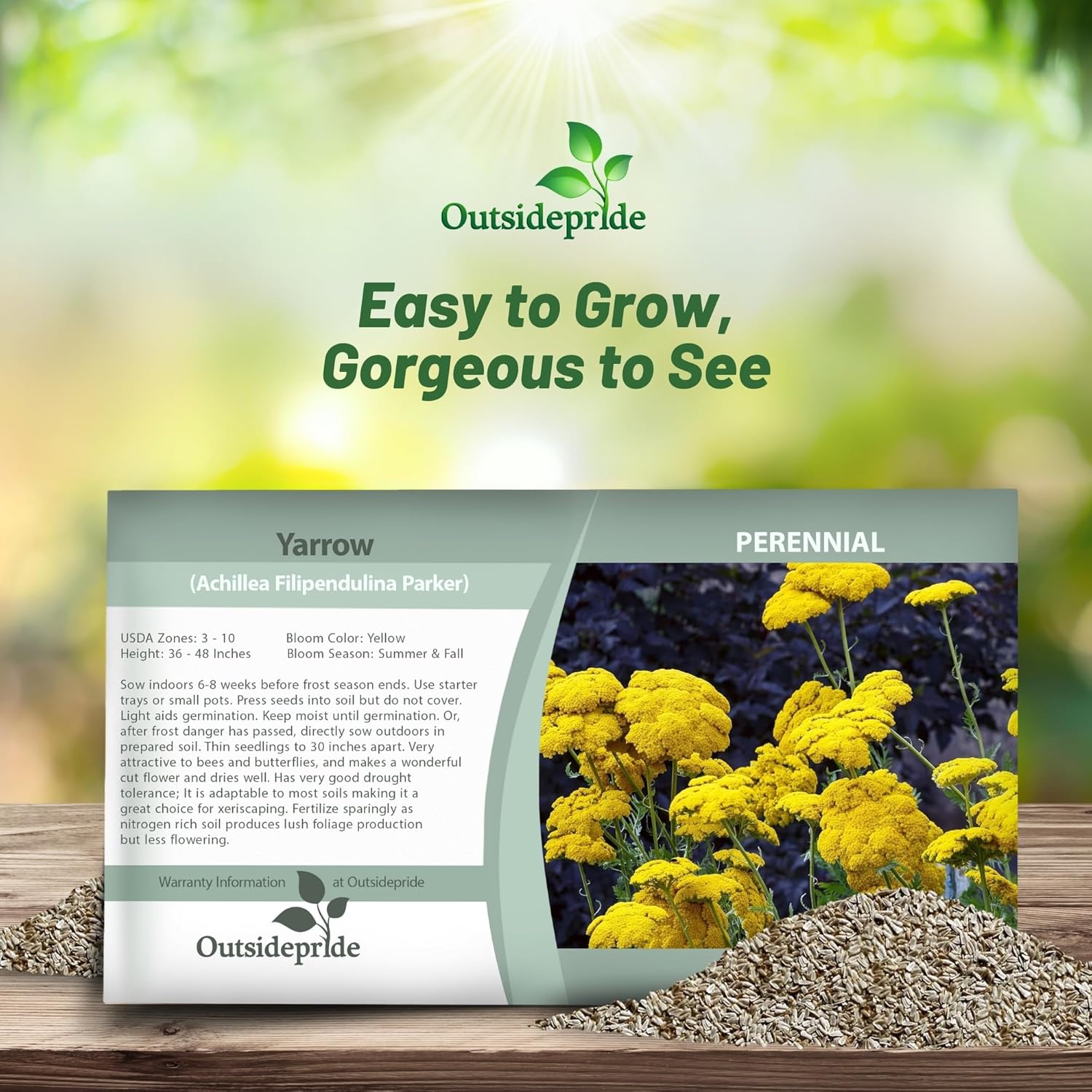

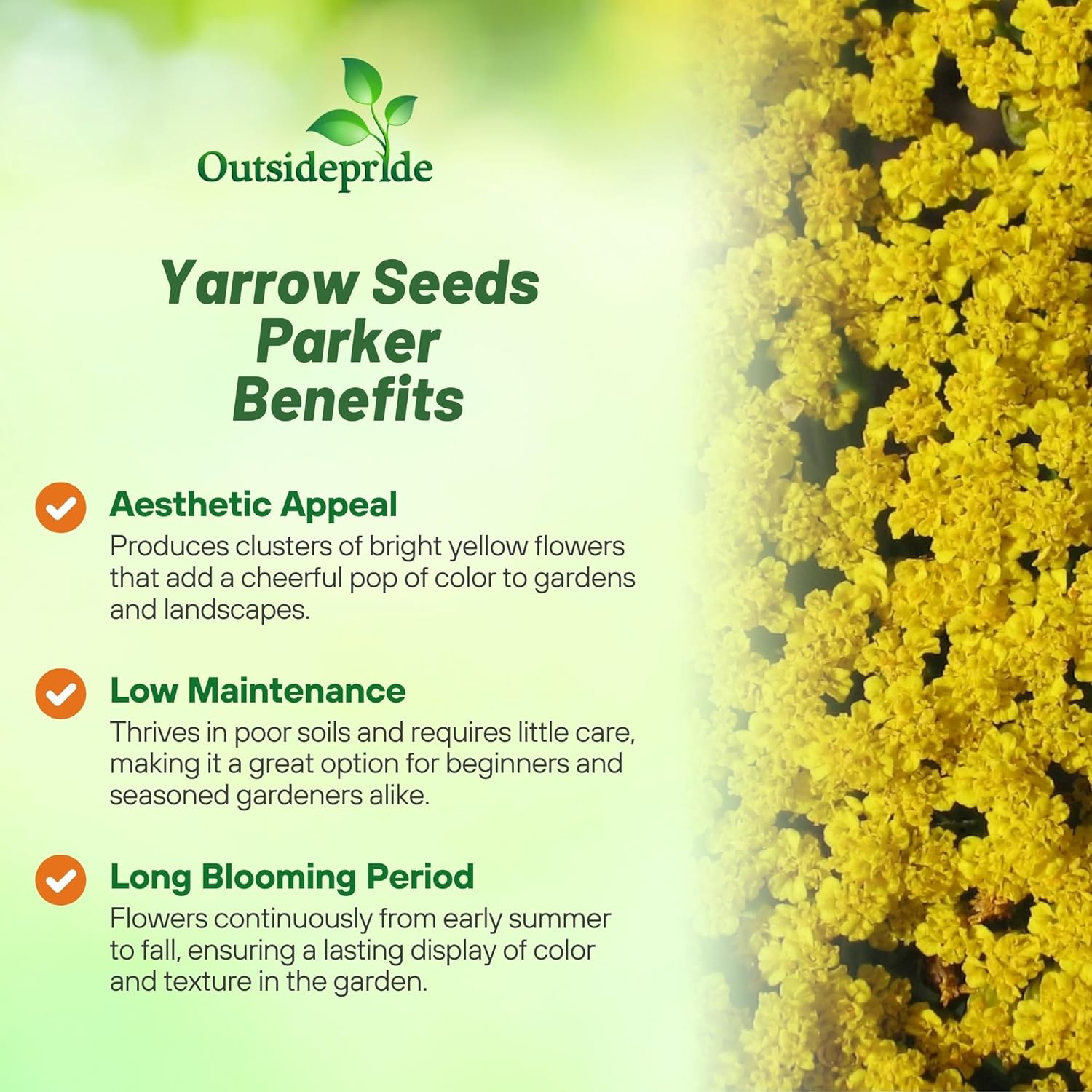

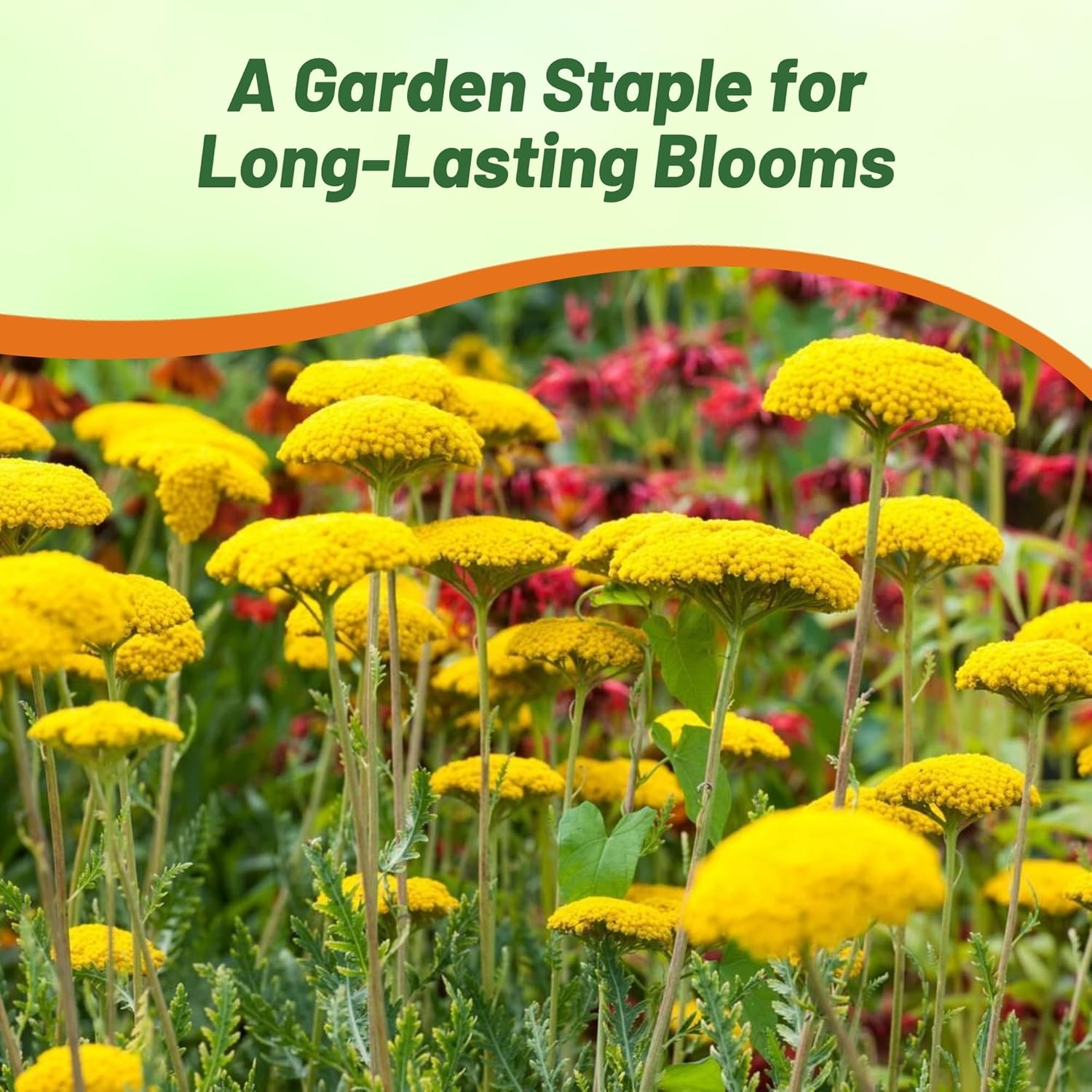
Yarrow Seeds - Parker
SEASON
Perennial
USDA ZONES
3 - 10
HEIGHT
36 - 48 inches
BLOOM SEASON
Summer and fall
BLOOM COLOR
Yellow
ENVIRONMENT
Full sun
SOIL TYPE
Well-drained, pH 5.8 - 7.2
DEER RESISTANT
Yes
SEASON
Perennial
USDA ZONES
3 - 10
HEIGHT
18 - 24 inches
BLOOM SEASON
Summer and fall
BLOOM COLOR
White
ENVIRONMENT
Full sun
SOIL TYPE
Well-drained, pH 5.5 - 6.8
DEER RESISTANT
Yes
SEEDS PER POUND
2,770,000
SEASON
Perennial
USDA ZONES
4 - 9
HEIGHT
18 - 24 inches
BLOOM SEASON
Summer
BLOOM COLOR
White
ENVIRONMENT
Full sun
SOIL TYPE
Well-drained, pH 5.5 - 6.8
DEER RESISTANT
Yes
SEASON
Perennial
USDA ZONES
4 - 9
HEIGHT
6 - 8 inches
BLOOM SEASON
Late spring and summer
BLOOM COLOR
Golden
ENVIRONMENT
Full sun to partial shade
SOIL TYPE
Well-drained, pH 5.5 - 6.8
DEER RESISTANT
Yes
SEASON
Perennial
USDA ZONES
3 - 10
HEIGHT
18 - 24 inches
BLOOM SEASON
Summer and fall
BLOOM COLOR
Mix
ENVIRONMENT
Full sun
SOIL TYPE
Well-drained, pH 5.5 - 6.8
DEER RESISTANT
Yes
SEASON
Perennial
USDA ZONES
4 - 9
HEIGHT
24 inches
BLOOM SEASON
Summer and fall
BLOOM COLOR
Deep pink
ENVIRONMENT
Full sun
SOIL TYPE
Well-drained, pH 5.8 - 7.2
DEER RESISTANT
Yes
SEASON
Perennial
USDA ZONES
5 - 9
HEIGHT
12 - 24 inches
BLOOM SEASON
Summer
BLOOM COLOR
Pink
ENVIRONMENT
Full sun
SOIL TYPE
Well drained soils: chalk, sand, loam
DEER RESISTANT
Yes
About...
Yarrow (Achillea Filipendulina Parker) - Readily establishes from Yarrow seeds, Achillea Parker is an upright, clump-forming, drought resistant perennial which is noted for its deeply-dissected, fern-like, aromatic, grayish-green foliage. It is also known for its tiny, long-lasting, bright golden flowers which appear in dense, flattened clusters that can measure up to 4 inches across.
MORE YARROW OPTIONS
Planting Directions
TEMPERATURE
68F
AVERAGE GERM TIME
14 - 21 days
LIGHT REQUIRED
Yes
DEPTH
Do not cover the seed but press into the soil
SOWING RATE
8 - 10 seeds per plant
MOISTURE
Keep seeds moist until germination
PLANT SPACING
30 inches
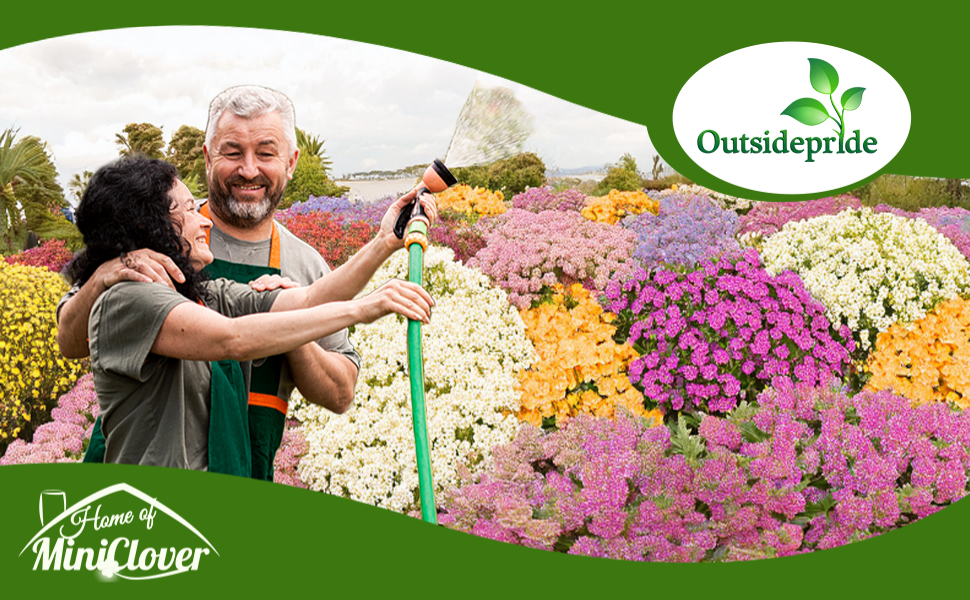
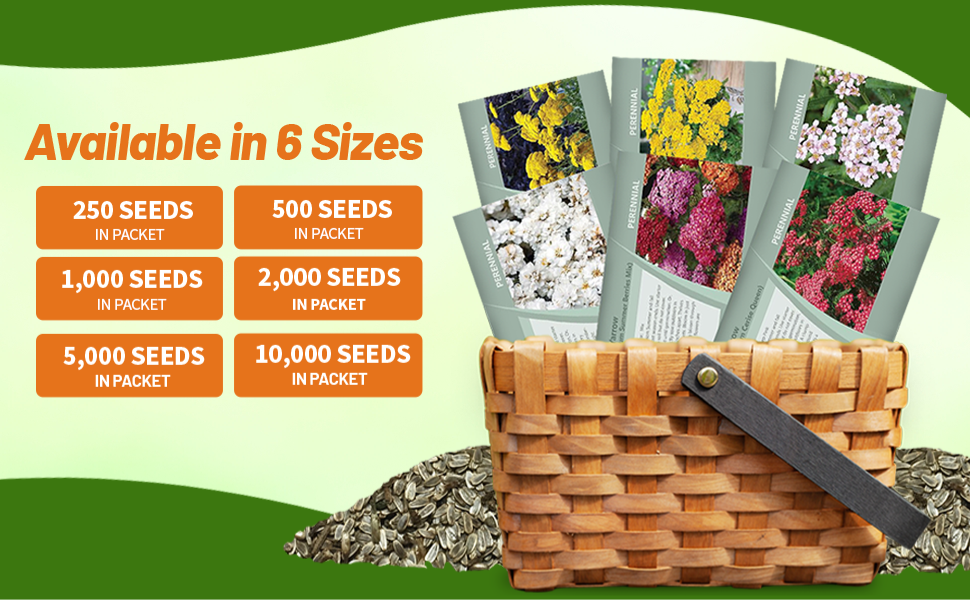
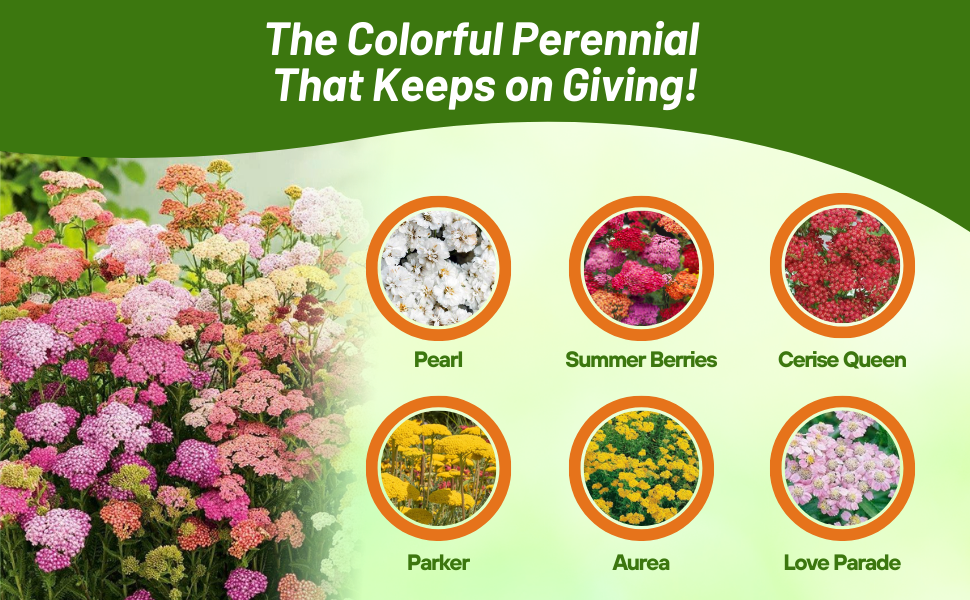
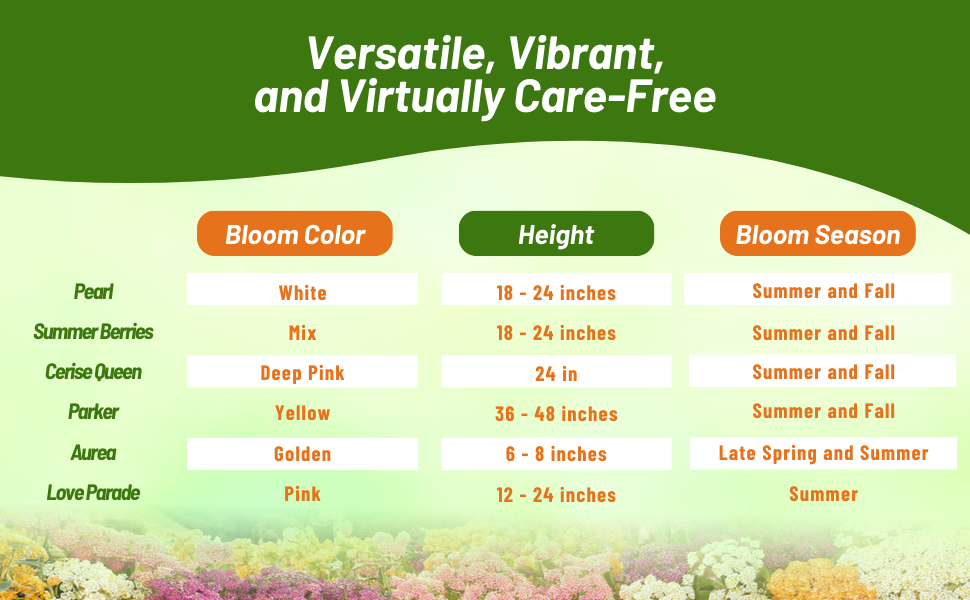
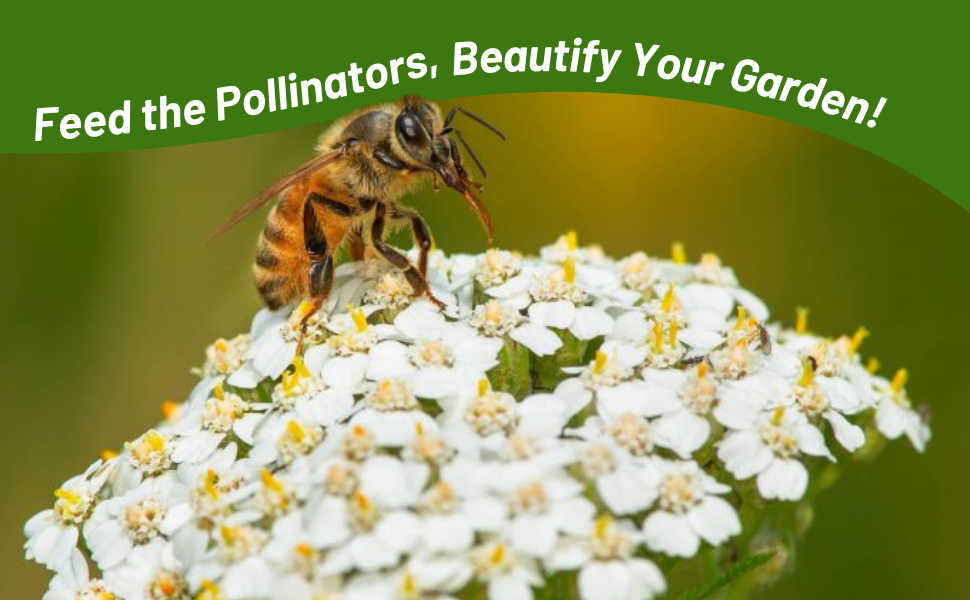
Yarrow (Achillea Filipendulina Parker) - Readily establishes from Yarrow seeds, Achillea Parker is an upright, clump-forming, drought tolerant perennial which is noted for its deeply-dissected, fern-like, aromatic, grayish-green foliage. It is also known for its tiny, long-lasting, bright golden flowers which appear in dense, flattened clusters that can measure up to 4 inches across. It sometimes is referred to as Fernleaf Yarrow. Yarrow flowers bloom throughout the summer and fall on stiff, erect stems reaching 36 - 48 inches in height. The Yarrow herb was important throughout the centuries as a medicinal herb. Many people grew the herb seeds for a drought tolerant plant that was useful in the treatment of wounds.
Achillea Yarrow grows best in lean soils with dry to medium moisture that are well-drained which makes it perfect for xeriscape landscaping. Yarrow plants like positions in full sun and protected from strong winds. Yarrow makes excellent cut flowers. They also dry well for crafts and dried flower arrangement. To dry Yarrow, hang it upside down in a dry, dark, well-ventilated place. The foliage retains it's somewhat spicy aroma even once it it dried.
Yarrow Plant Care: Deadhead spent Yarrow flower heads to promote additional bloom. Cut plants back to basal leaves after flowering to tidy the plants and to encourage possible additional bloom. Divide clumps when they become overcrowded (every 3 - 4 years). Fernleaf Yarrow can be grown from flower seeds, and the plants may self-seed in the garden under optimum growing conditions.
How To Grow Yarrow From Seed: Sow Yarrow seeds indoors 6 - 8 weeks before frost season ends. Use starter trays or small pots. Press the herb seeds into the soil but do not cover. Light aids germination. Keep Achillea seeds moist until germination. Or, after frost danger has passed, directly sow Yarrow flower seeds outdoors in prepared soil. Press seed into the soil and space 30 inches apart. a good plant where water conservation is desired.
Approximately 5000 seeds covers 300 square feet.
Common Questions
Are achillea plants deer resistant?
Yes, both deer and rabbits avoid these plants.
How often should I divide achillea, and when?
Divide every 2-3 years as they can be vigorous spreaders. Divide in fall or spring; fall in warmer areas, spring in cooler areas.
Can I grow achillea in containers?
Yes, mixed or by itself yarrow does just fine in containers.
Is achillea a good pollinator plant?
Yes, both bees and butterflies are attracted to the garden with yarrow flowers.
What are some good areas of my landscape to use yarrow plants?
This perennial is used in full sun areas for rock gardens, edging plants, butterfly gardens, cut flower gardens, garden beds, informal gardens, prairies and meadows or in containers.
Are plants toxic to animals?
Yes, these plants are toxic to dogs, cats and horses.
Do I need to deadhead my spent blooms?
Yes, if you want a longer bloom season you will need to deadhead your spent blooms.
What are the pros and cons of adding yarrow to your garden?
Yarrow serves multiple purposes: it repels unwanted insects, attracts pollinators, and enhances soil structure with its deep roots. However, in optimal conditions, yarrow has the potential to spread aggressively.
How can I use yarrow flowers in floral arrangements?
Yarrow flowers feature long, sturdy stems and are available in a variety of colors. They serve as an excellent filler in floral arrangements.
What are some recommended companion plants for yarrow?
Plants such as heleniums, anthemis, echinacea, shasta daisies and monarda are wonderful companion plants for yarrows.
Planting Directions
TEMPERATURE
68F
AVERAGE GERM TIME
14 - 21 days
LIGHT REQUIRED
Yes
DEPTH
Do not cover the seed but press into the soil
SOWING RATE
6 - 7 seeds per plant
MOISTURE
Keep seeds moist until germination
PLANT SPACING
24 inches

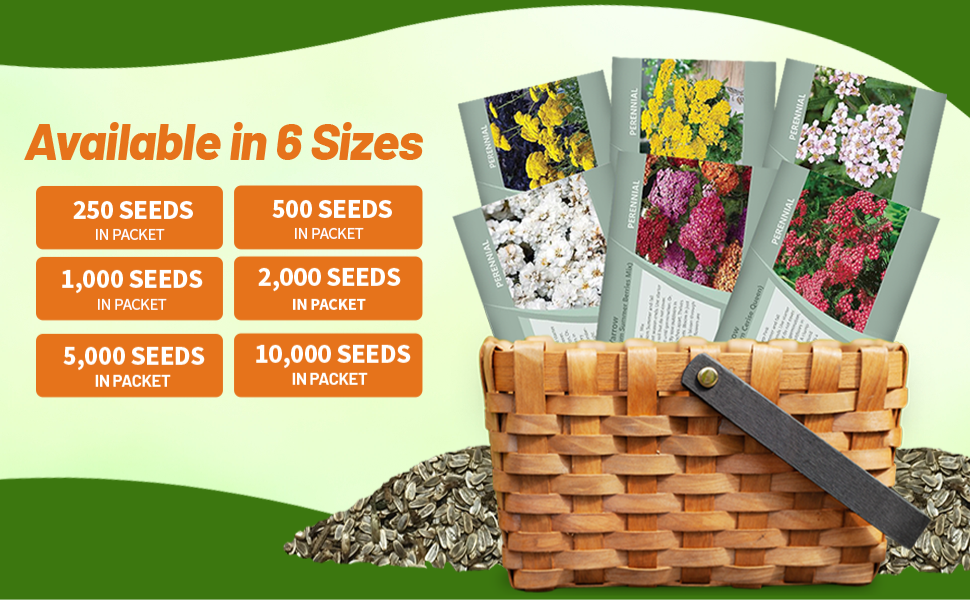
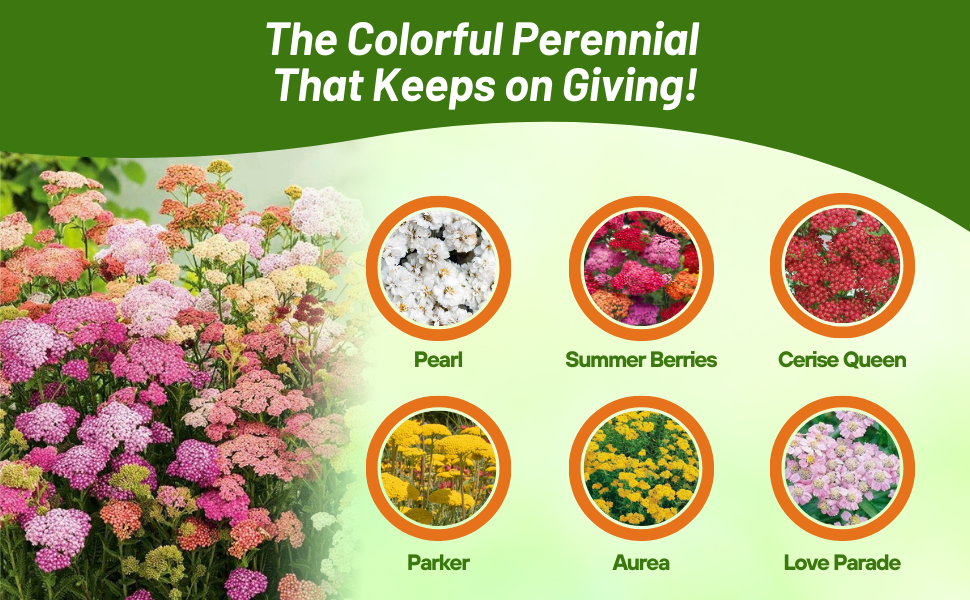
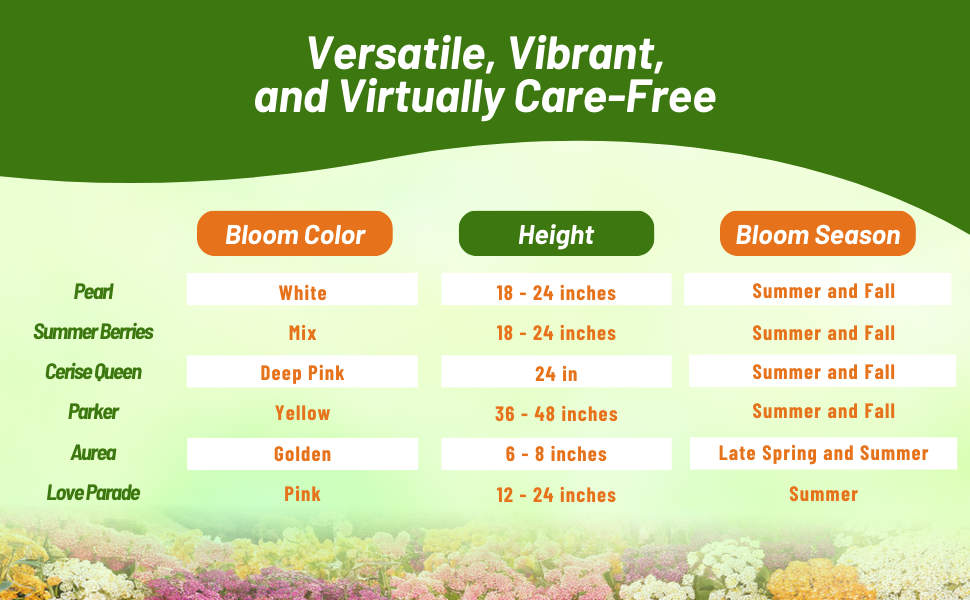
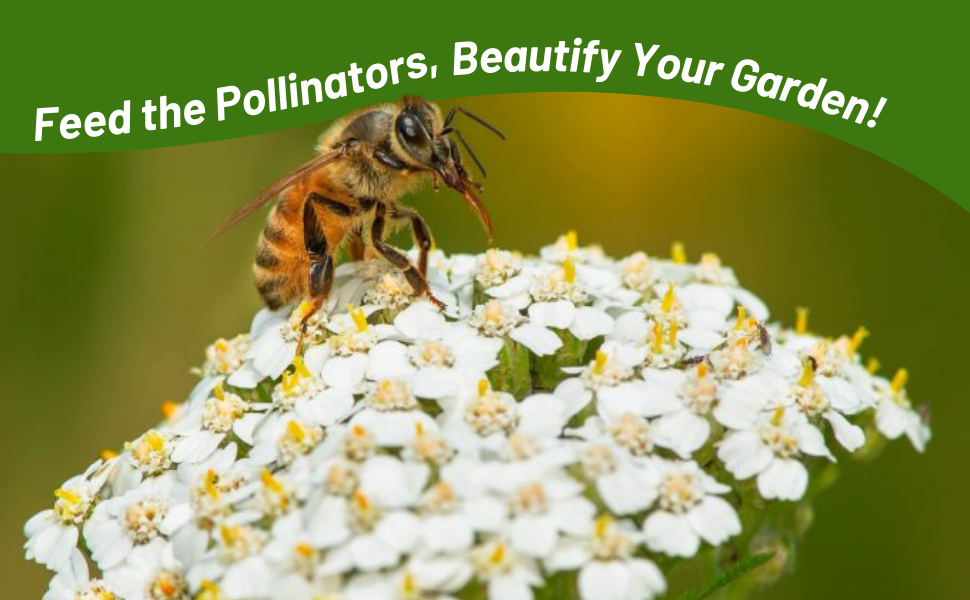
Pearl Yarrow (Achillea Ptarmica Pearl) - Pearl Yarrow is seen growing in all regions of the United States. It grows very easily from Yarrow seeds, and it also spreads by underground roots. It is used in the xeriscape flower garden or in natural settings. Pearl Yarrow looks lovely in meadows, but care must be given so that it doesn't dominate and crowd out other wildflowers. Yarrow has attractive, fragrant, finely divided fern-like leaves and large flat-topped dusty white flower clusters. Also grow from Yarrow seeds, this perennial looks different than other Yarrow varieties. Known as Pearl Yarrow, Sneezewort Yarrow or simply Sneezewort, this drought tolerant plant features pure white 3/4 inch double pompom blooms that rise above shiny green foliage.
Pearl Yarrow seeds should be planted in full sun as Yarrow plants are tolerant to hot, humid summers. Yarrow can tolerate poor soil conditions, and does best in lean, dry to medium moisture, well-drained soil. Avoid heavy clays and moist, rich, fertile soils. Remove faded flowers to encourage more growth, and divide Yarrow plants every 2 - 3 years.
After frost danger has passed, directly sow Yarrow seeds outdoors in prepared soil. Press the Pearl Yarrow seeds into the soil. Thin Yarrow seedlings to 16 inches apart.
Common Questions
Are achillea plants deer resistant?
Yes, both deer and rabbits avoid these plants.
How often should I divide achillea, and when?
Divide every 2-3 years as they can be vigorous spreaders. Divide in fall or spring; fall in warmer areas, spring in cooler areas.
Can I grow achillea in containers?
Yes, mixed or by itself yarrow does just fine in containers.
Is achillea a good pollinator plant?
Yes, both bees and butterflies are attracted to the garden with yarrow flowers.
What are some good areas of my landscape to use yarrow plants?
This perennial is used in full sun areas for rock gardens, edging plants, butterfly gardens, cut flower gardens, garden beds, informal gardens, prairies and meadows or in containers.
Are plants toxic to animals?
Yes, these plants are toxic to dogs, cats and horses.
Do I need to deadhead my spent blooms?
Yes, if you want a longer bloom season you will need to deadhead your spent blooms.
What are the pros and cons of adding yarrow to your garden?
Yarrow serves multiple purposes: it repels unwanted insects, attracts pollinators, and enhances soil structure with its deep roots. However, in optimal conditions, yarrow has the potential to spread aggressively.
How can I use yarrow flowers in floral arrangements?
Yarrow flowers feature long, sturdy stems and are available in a variety of colors. They serve as an excellent filler in floral arrangements.
What are some recommended companion plants for yarrow?
Plants such as heleniums, anthemis, echinacea, shasta daisies and monarda are wonderful companion plants for yarrows.
Planting Directions
TEMPERATURE
60 - 65F
AVERAGE GERM TIME
20 - 45 days
LIGHT REQUIRED
Yes
DEPTH
Do not cover the seed but press into the soil
SOWING RATE
1/3 ounce per 1,000 square feet or 1 pound per acre
MOISTURE
Keep seeds moist until germination
PLANT SPACING
16 inches
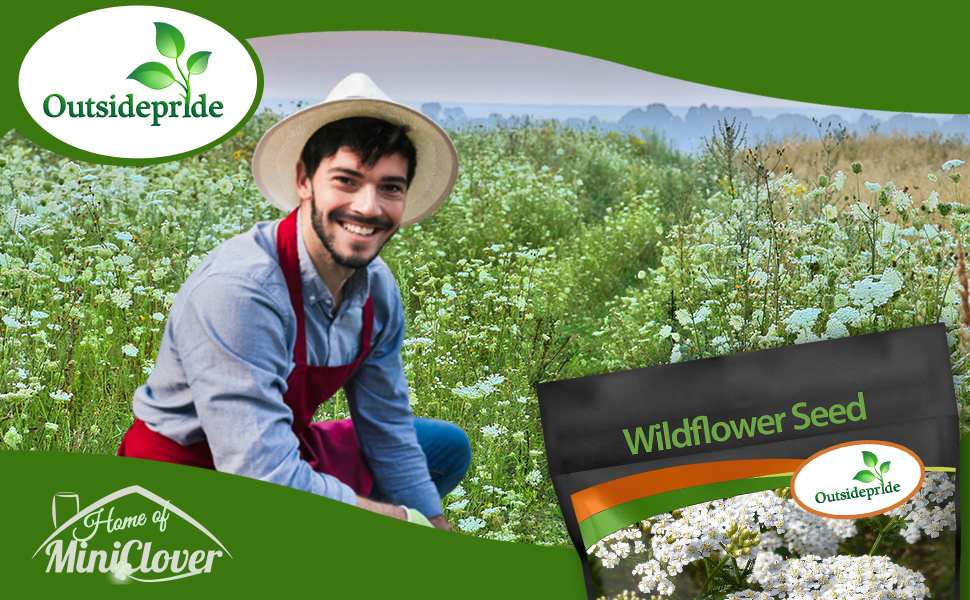
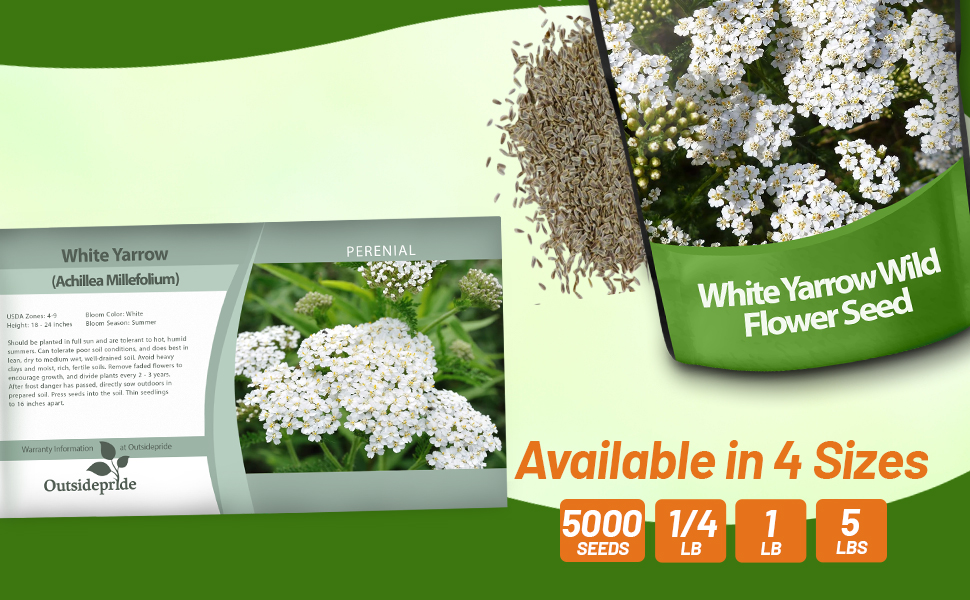
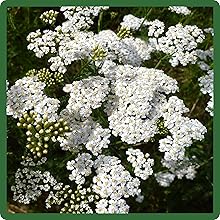
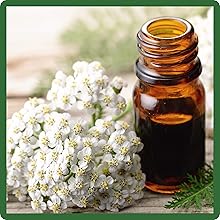
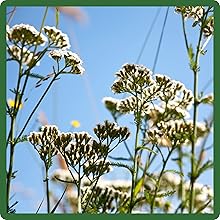
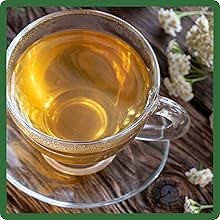
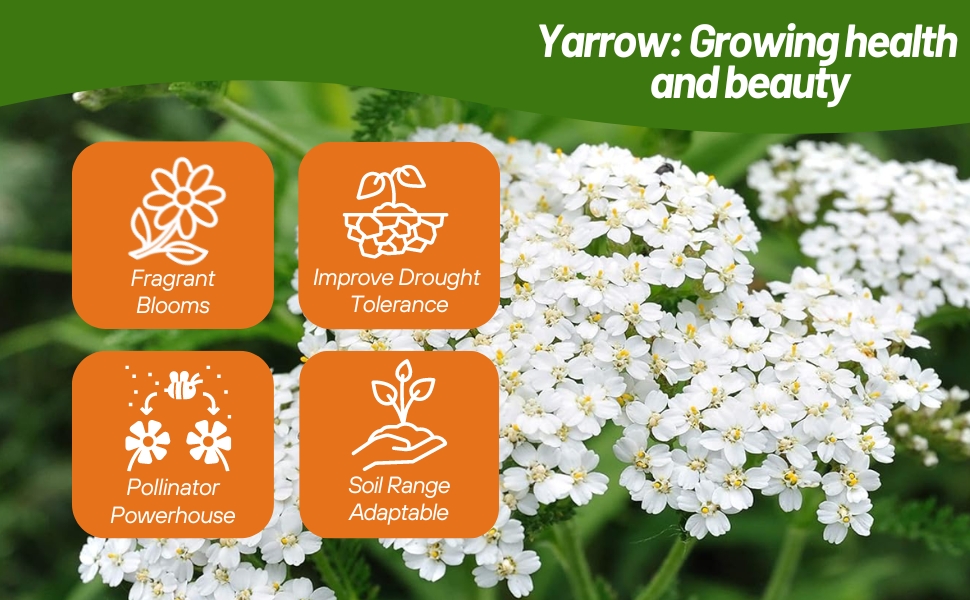
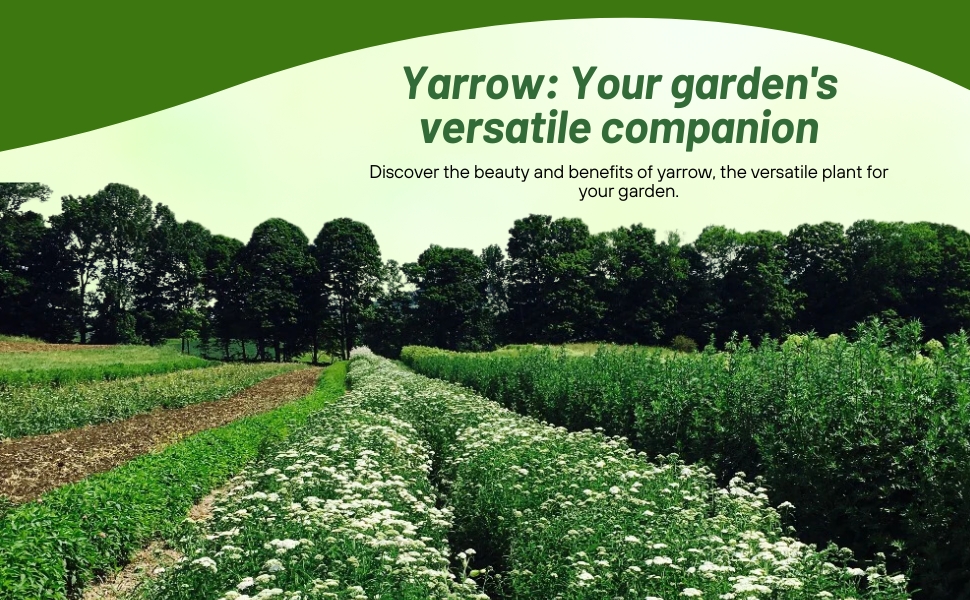
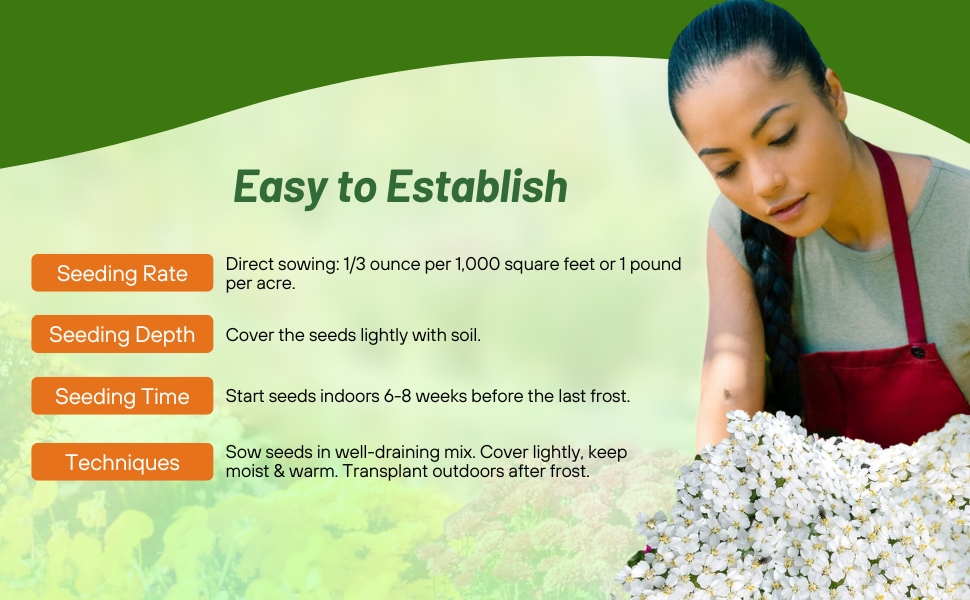
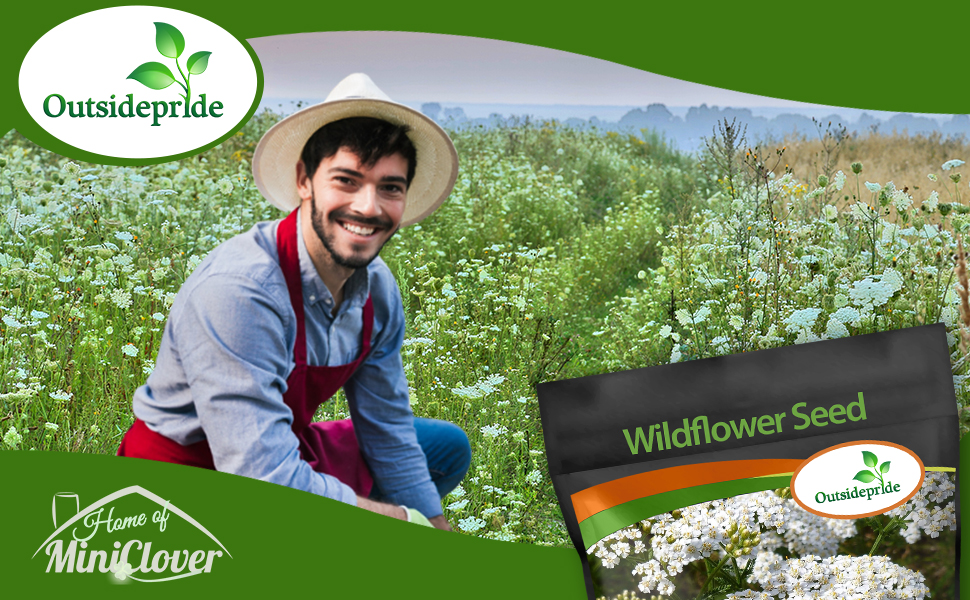
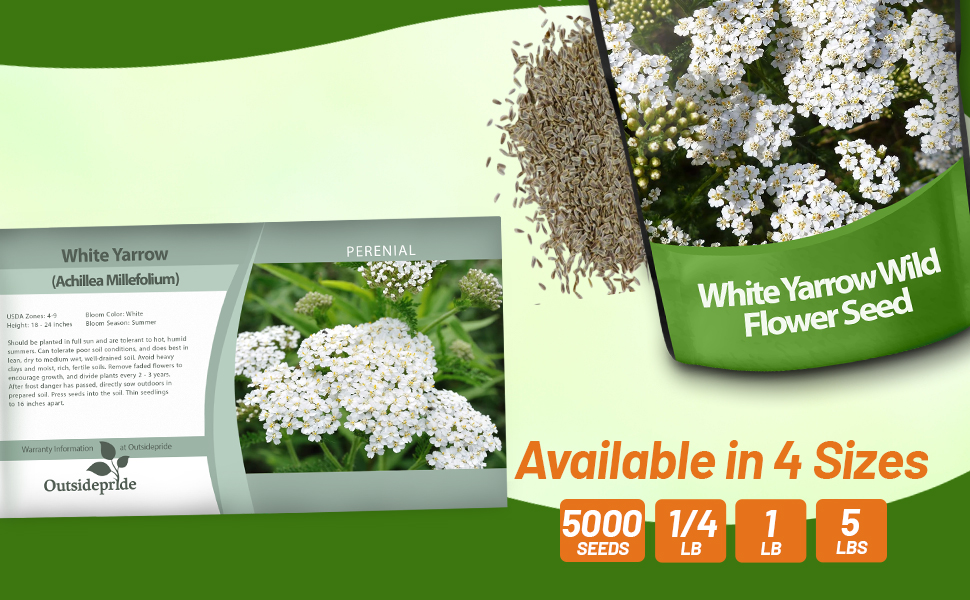
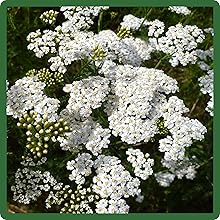
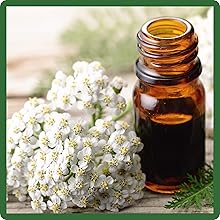

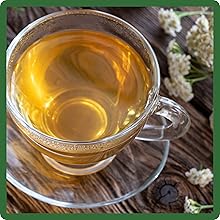
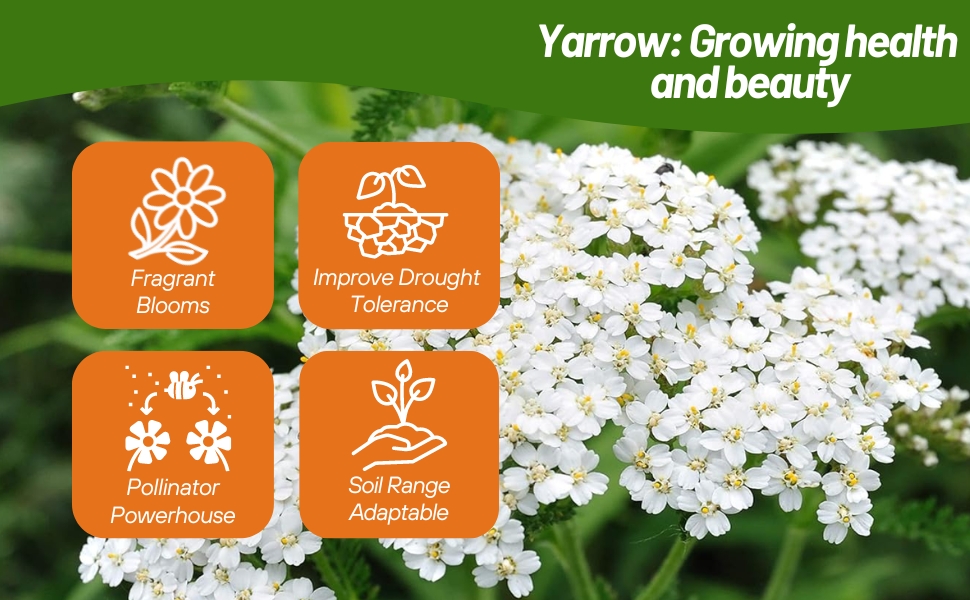

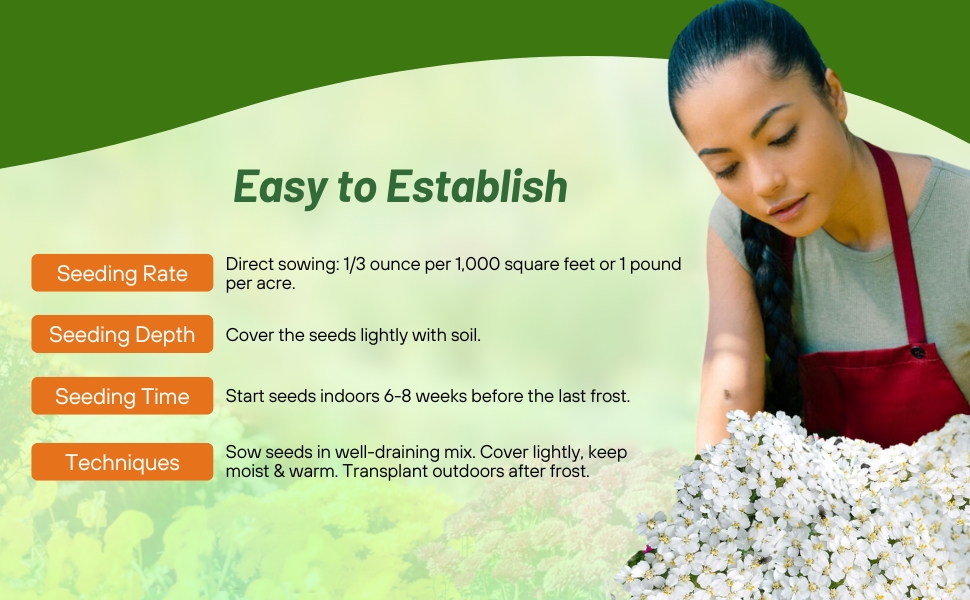
White Yarrow (Achillea Millefolium) - White Yarrow is seen growing in all regions of the United States. It grows very easily from Yarrow seeds, and it also spreads by underground roots. It is used in the flower garden or in natural settings. Wild Yarrow looks lovely in meadows, but care must be given so that it doesn't dominate and crowd out other wildflowers. Yarrow has attractive, fragrant, finely divided fern-like leaves and large flat-topped dusty white flower clusters. The Yarrow herb plant was also widely used as a medicinal herb. The Yarrow herb seeds were often grown to produce plants that were useful in the cure of wounds, and Yarrow was used on the battlefields to treat wounded soldiers.
Common Questions
Are achillea plants deer resistant?
Yes, both deer and rabbits avoid these plants.
How often should I divide achillea, and when?
Divide every 2-3 years as they can be vigorous spreaders. Divide in fall or spring; fall in warmer areas, spring in cooler areas.
Can I grow achillea in containers?
Yes, mixed or by itself yarrow does just fine in containers.
Is achillea a good pollinator plant?
Yes, both bees and butterflies are attracted to the garden with yarrow flowers.
What are some good areas of my landscape to use yarrow plants?
This perennial is used in full sun areas for rock gardens, edging plants, butterfly gardens, cut flower gardens, garden beds, informal gardens, prairies and meadows or in containers.
Are plants toxic to animals?
Yes, these plants are toxic to dogs, cats and horses.
Do I need to deadhead my spent blooms?
Yes, if you want a longer bloom season you will need to deadhead your spent blooms.
What are the pros and cons of adding yarrow to your garden?
Yarrow serves multiple purposes: it repels unwanted insects, attracts pollinators, and enhances soil structure with its deep roots. However, in optimal conditions, yarrow has the potential to spread aggressively.
How can I use yarrow flowers in floral arrangements?
Yarrow flowers feature long, sturdy stems and are available in a variety of colors. They serve as an excellent filler in floral arrangements.
What are some recommended companion plants for yarrow?
Plants such as heleniums, anthemis, echinacea, shasta daisies and monarda are wonderful companion plants for yarrows.
Planting Directions
TEMPERATURE
68F
AVERAGE GERM TIME
14 - 21 days
LIGHT REQUIRED
Yes
DEPTH
Do not cover the seed but press into the soil
SOWING RATE
Approximately 500 seeds covers 10 square feet
MOISTURE
Keep seeds moist until germination
PLANT SPACING
12 inches
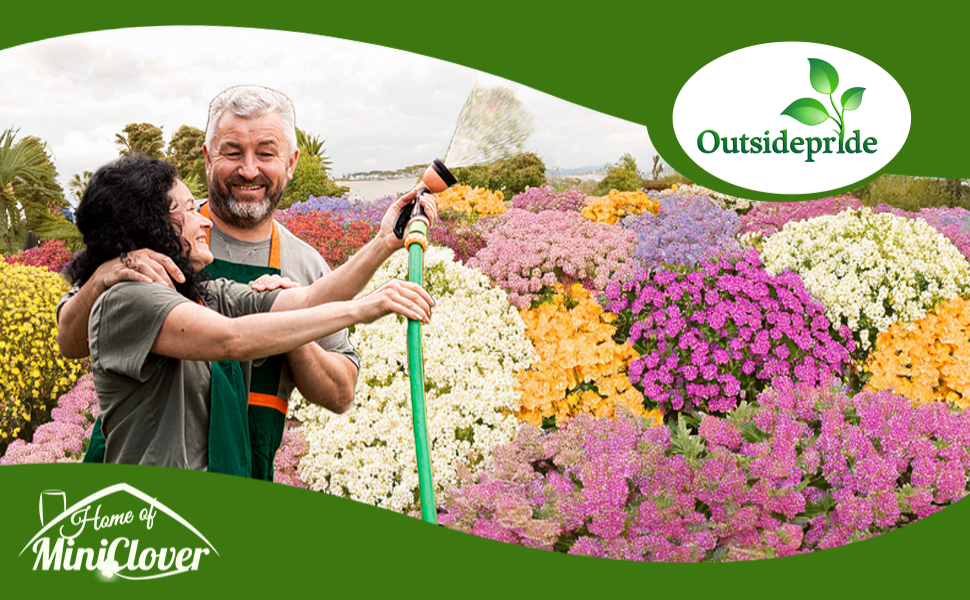
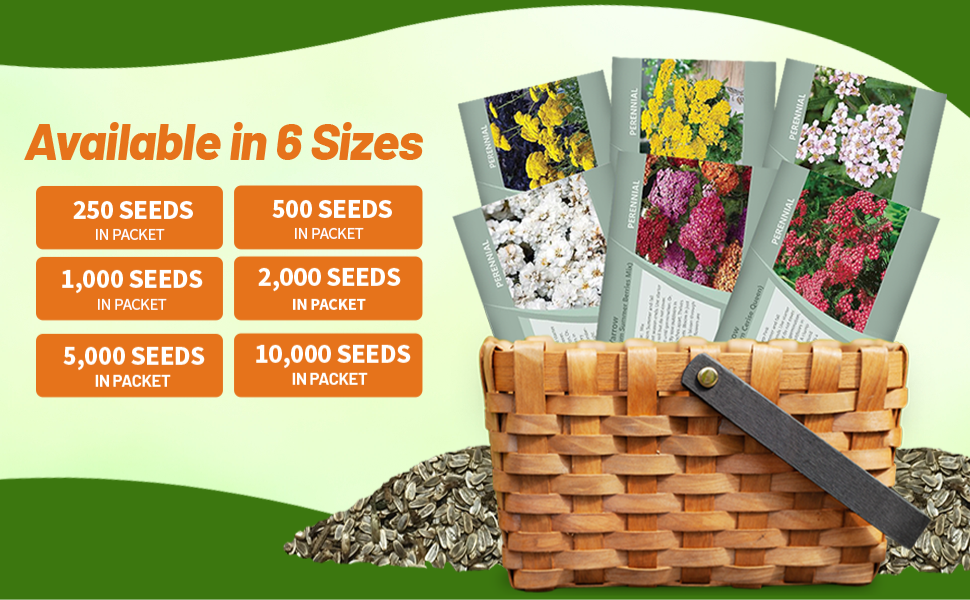
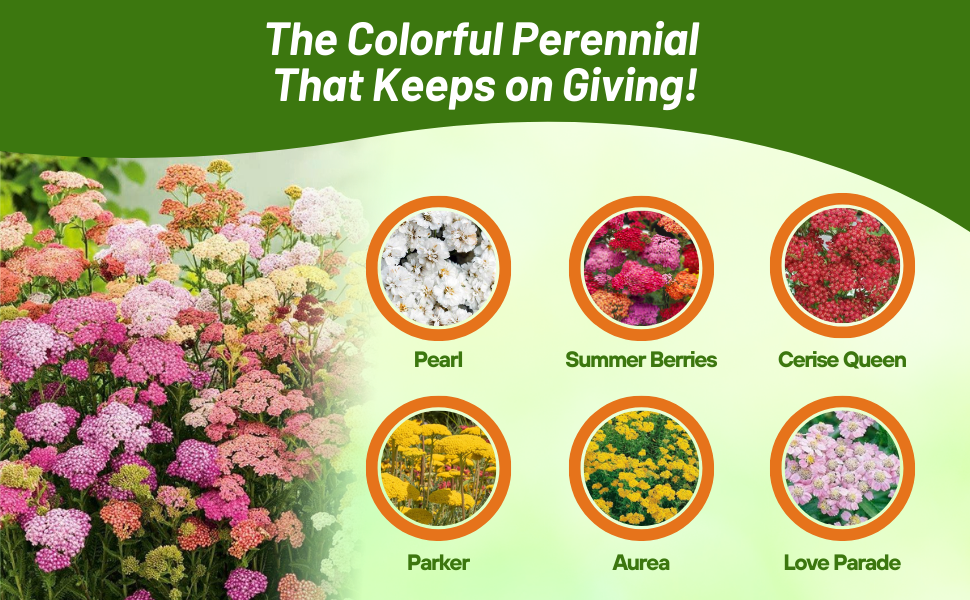

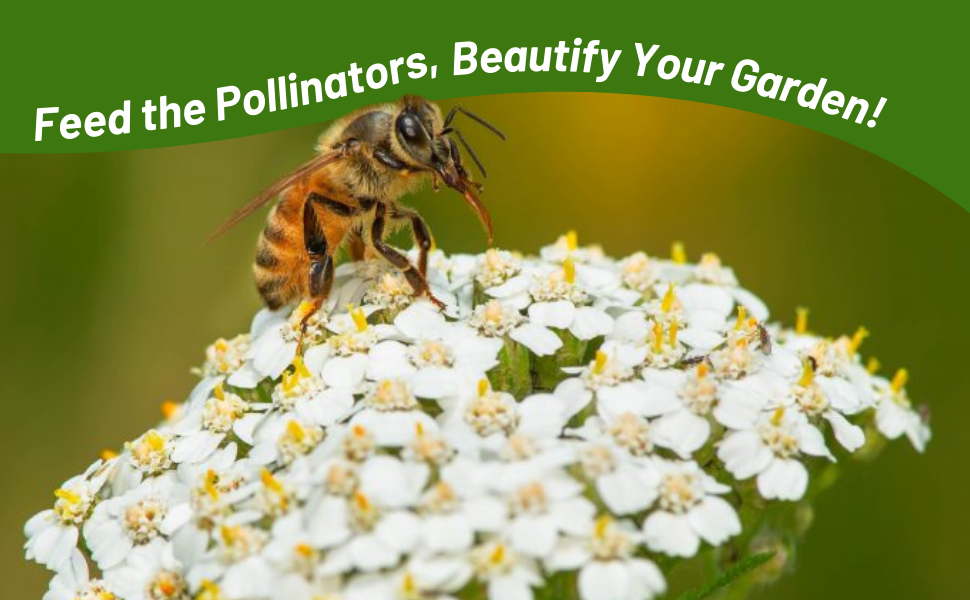
Yarrow (Achillea Tomentosa Aurea) - Grow Yarrow seeds for this delightful variety known as Dwarf Yarrow or Woolly Yarrow. This, drought tolerant, low-growing yellow Yarrow is perfect for the front of the border, general ground cover plants, or in containers. It has a silvery fern-like foliage and brilliant golden flowers when in bloom. This dwarf Achillea plant is very attractive to bees and butterflies, and it makes a wonderful cut flower and dries well too. Yarrow has very good drought tolerance; however, it is adaptable to most soils making it a great choice for xeriscaping. Fertilize sparingly as nitrogen rich soil will produce lush foliage production but less flowering.
Sow Yarrow seeds indoors 6 - 8 weeks before frost season ends. Use starter trays or small pots. Press Woolly Yarrow seeds into the soil but do not cover. Light aids germination. Keep the ground cover seeds moist until germination. Or, after frost danger has passed, directly sow Yarrow ground cover seeds outdoors in prepared soil. Thin the Yarrow seedlings to 12 inches apart.
Common Questions
Are achillea plants deer resistant?
Yes, both deer and rabbits avoid these plants.
How often should I divide achillea, and when?
Divide every 2-3 years as they can be vigorous spreaders. Divide in fall or spring; fall in warmer areas, spring in cooler areas.
Can I grow achillea in containers?
Yes, mixed or by itself yarrow does just fine in containers.
Is achillea a good pollinator plant?
Yes, both bees and butterflies are attracted to the garden with yarrow flowers.
What are some good areas of my landscape to use yarrow plants?
This perennial is used in full sun areas for rock gardens, edging plants, butterfly gardens, cut flower gardens, garden beds, informal gardens, prairies and meadows or in containers.
Are plants toxic to animals?
Yes, these plants are toxic to dogs, cats and horses.
Do I need to deadhead my spent blooms?
Yes, if you want a longer bloom season you will need to deadhead your spent blooms.
What are the pros and cons of adding yarrow to your garden?
Yarrow serves multiple purposes: it repels unwanted insects, attracts pollinators, and enhances soil structure with its deep roots. However, in optimal conditions, yarrow has the potential to spread aggressively.
How can I use yarrow flowers in floral arrangements?
Yarrow flowers feature long, sturdy stems and are available in a variety of colors. They serve as an excellent filler in floral arrangements.
What are some recommended companion plants for yarrow?
Plants such as heleniums, anthemis, echinacea, shasta daisies and monarda are wonderful companion plants for yarrows.
Planting Directions
TEMPERATURE
68F
AVERAGE GERM TIME
14 - 21 days
LIGHT REQUIRED
Yes
DEPTH
Do not cover the seed but press into the soil
SOWING RATE
6 - 7 seeds per plant
MOISTURE
Keep seeds moist until germination
PLANT SPACING
16 inches
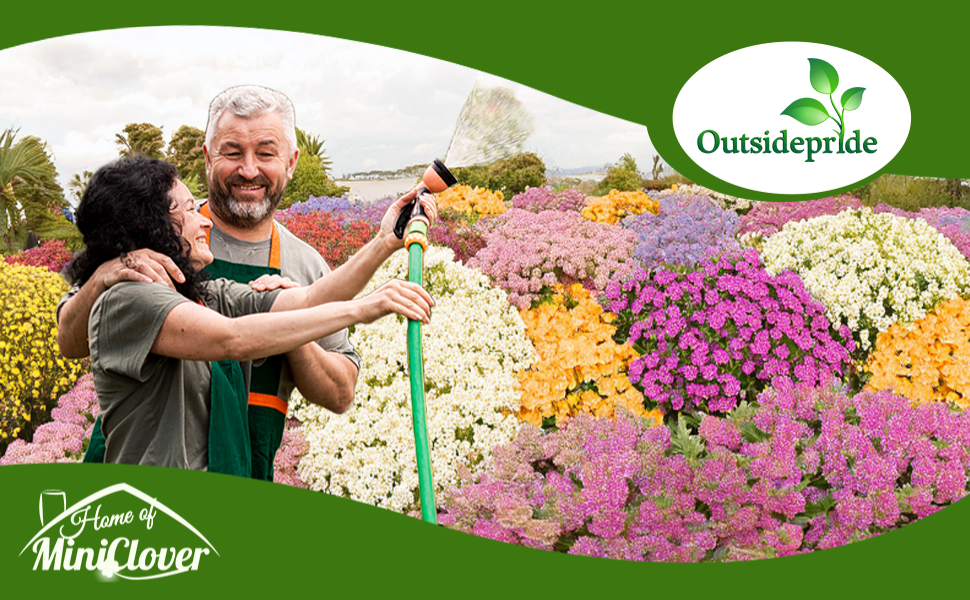
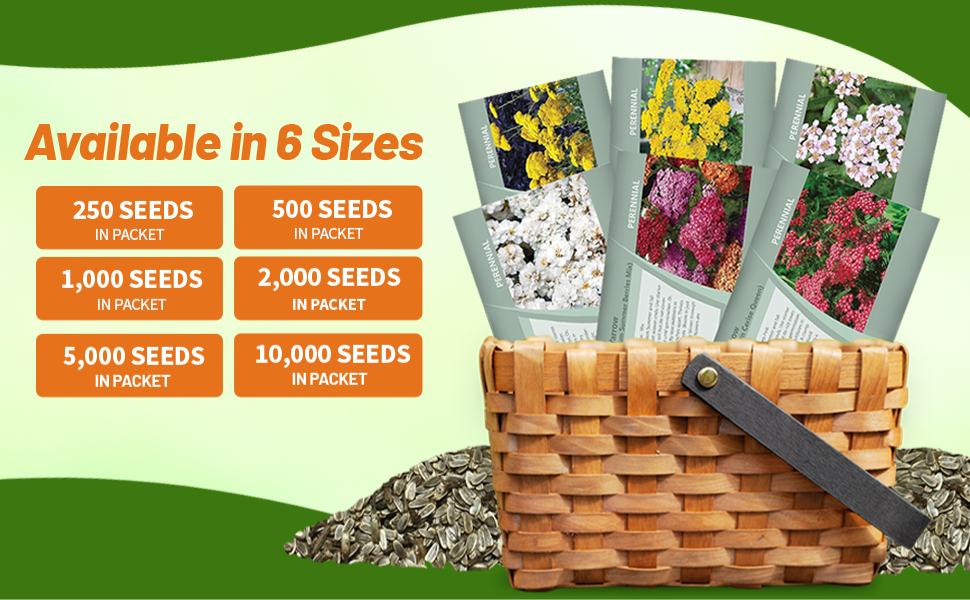
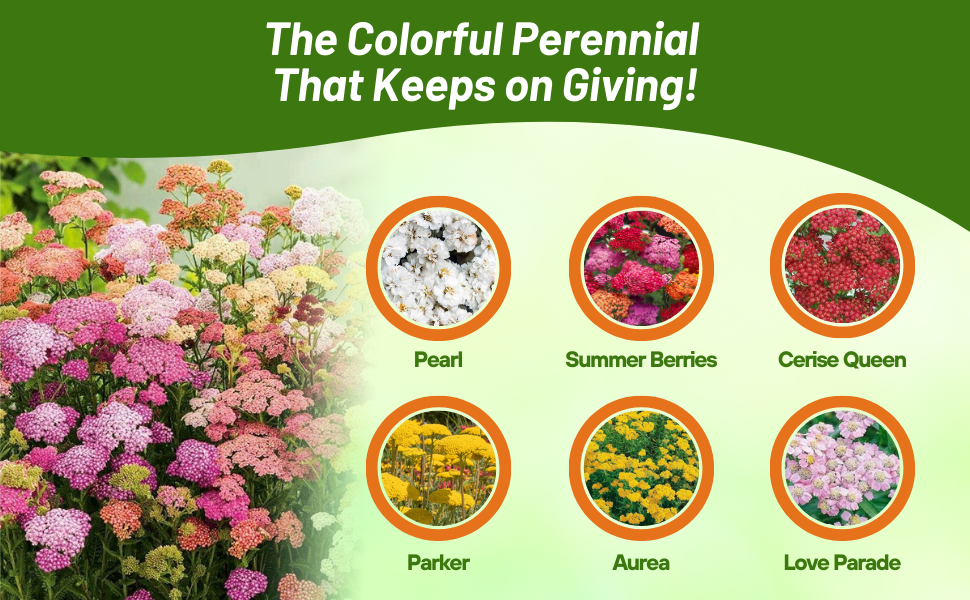
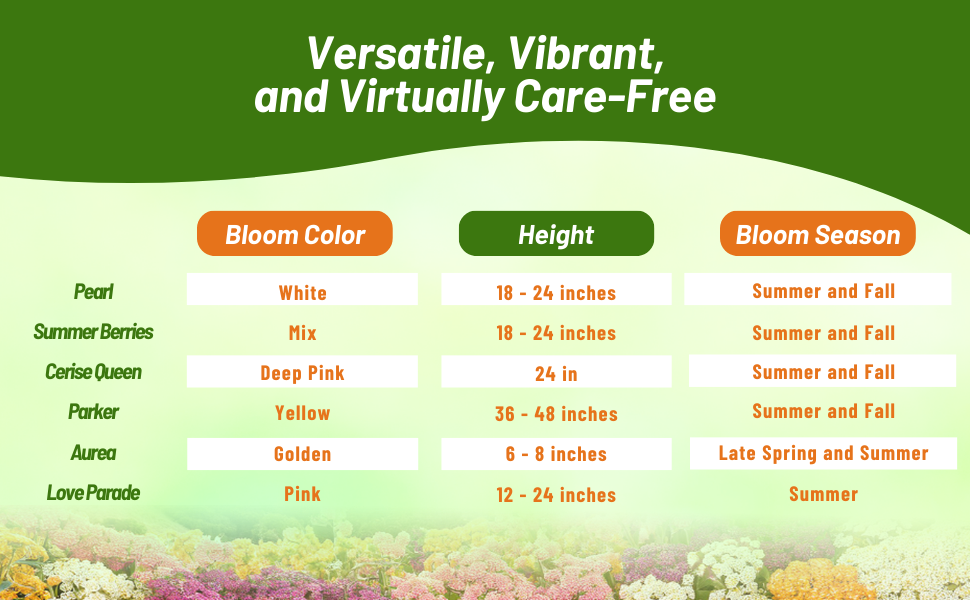
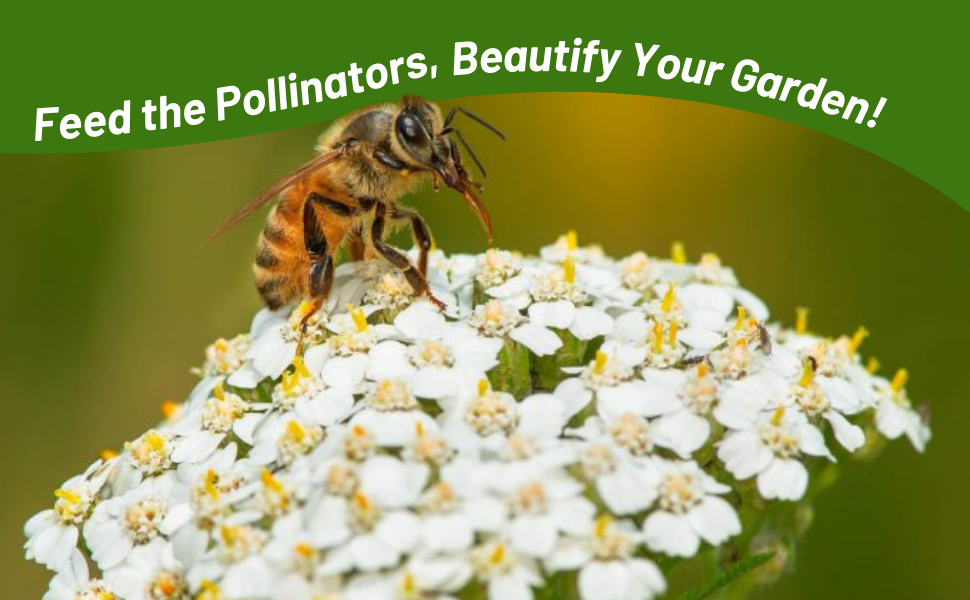
Yarrow (Achillea Millefolium Summer Berries Mix) - What a cheery mix for the summer border! Grow this mix from Yarrow seeds and enjoy colors of salmon, yellow, white, pink, cherry red, and cream. Yarrow Summer Berries is beautiful, drought resistant and long-lasting Yarrow, and it's splendid for fresh and dried arrangements plus long-lasting garden color that bees and butterflies love.
Throughout the centuries, Achillea herbs were useful for medical purposes. The herb seeds were grown for the plants' medicinal properties in the treatment of bleeding and wounds. Achillea Yarrow is a perennial, native to the United States and is happy to thrive in those infertile, untended garden spots. These Yarrow flowers bloom in just 4 months after being planted from Yarrow seeds, and they bloom through summer and fall especially if the spent flowers are deadheaded.
Sow Yarrow seeds indoors 6 - 8 weeks before frost season ends. Use starter trays or small pots. Press Yarrow flower seed into the soil but do not cover. Light aids germination. Keep Achillea Millefolium seeds moist until germination. After establishment, these plants are quite tolerant of drought and perfect for xeriscape gardening. You may also sow yarrow seeds directly outdoors after frost danger has passed in prepared soil or at least six weeks before frost season begins. Thin the Yarrow seedlings to 16 inches apart.
Common Questions
Are achillea plants deer resistant?
Yes, both deer and rabbits avoid these plants.
How often should I divide achillea, and when?
Divide every 2-3 years as they can be vigorous spreaders. Divide in fall or spring; fall in warmer areas, spring in cooler areas.
Can I grow achillea in containers?
Yes, mixed or by itself yarrow does just fine in containers.
Is achillea a good pollinator plant?
Yes, both bees and butterflies are attracted to the garden with yarrow flowers.
What are some good areas of my landscape to use yarrow plants?
This perennial is used in full sun areas for rock gardens, edging plants, butterfly gardens, cut flower gardens, garden beds, informal gardens, prairies and meadows or in containers.
Are plants toxic to animals?
Yes, these plants are toxic to dogs, cats and horses.
Do I need to deadhead my spent blooms?
Yes, if you want a longer bloom season you will need to deadhead your spent blooms.
What are the pros and cons of adding yarrow to your garden?
Yarrow serves multiple purposes: it repels unwanted insects, attracts pollinators, and enhances soil structure with its deep roots. However, in optimal conditions, yarrow has the potential to spread aggressively.
How can I use yarrow flowers in floral arrangements?
Yarrow flowers feature long, sturdy stems and are available in a variety of colors. They serve as an excellent filler in floral arrangements.
What are some recommended companion plants for yarrow?
Plants such as heleniums, anthemis, echinacea, shasta daisies and monarda are wonderful companion plants for yarrows.
Planting Directions
TEMPERATURE
68F
AVERAGE GERM TIME
14 - 21 days
LIGHT REQUIRED
Yes
DEPTH
Do not cover the seed but press into the soil
SOWING RATE
8 - 10 seeds per plant
MOISTURE
Keep seeds moist until germination
PLANT SPACING
24 inches
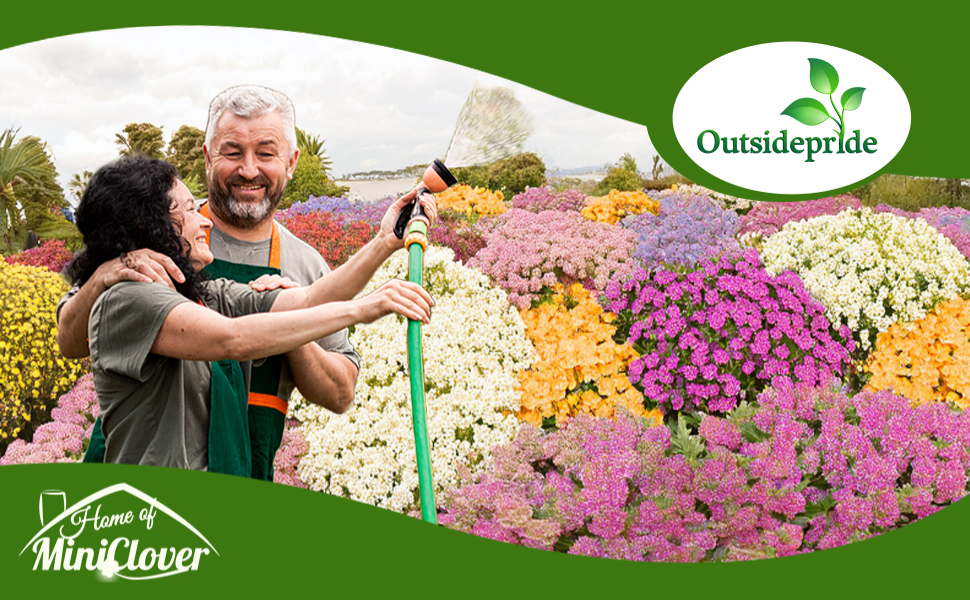
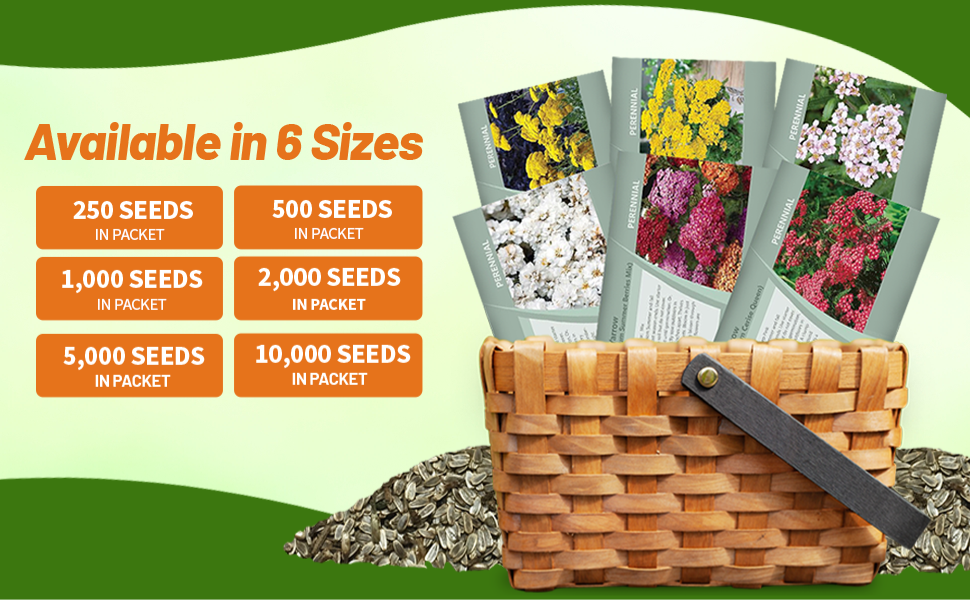
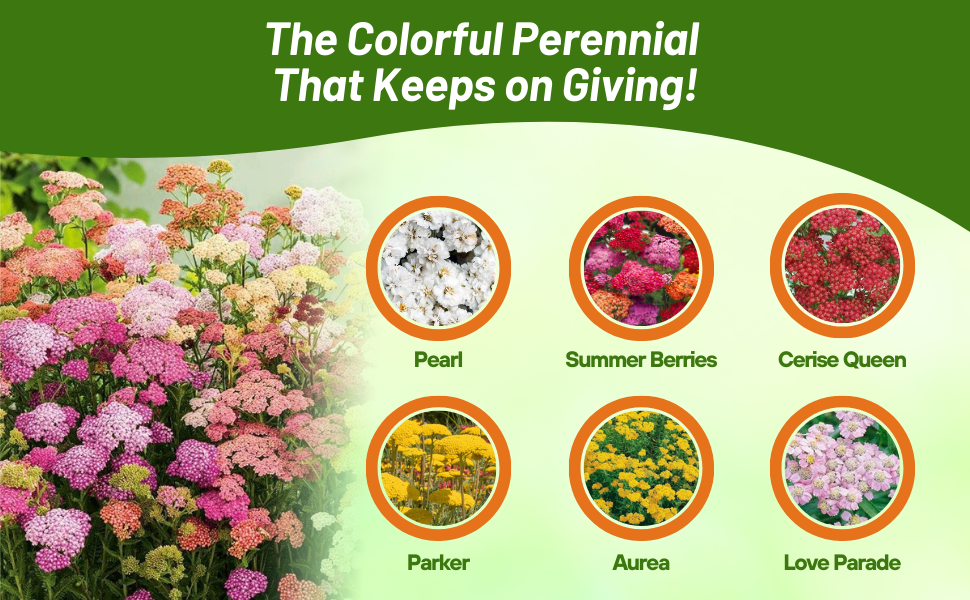
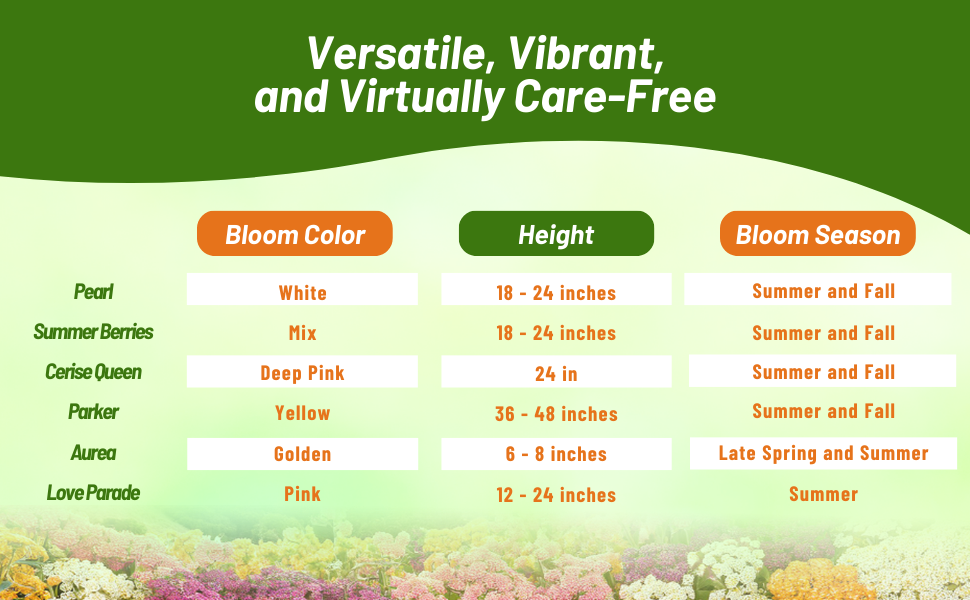
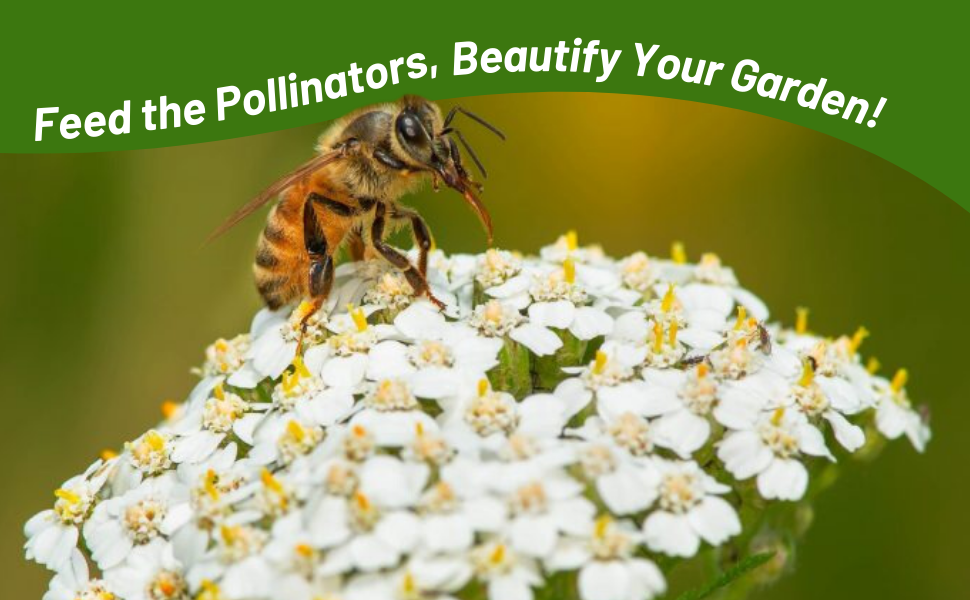
Yarrow (Achillea Millefolium Cerise Queen) - Achillea Cerise Queen is a carefree and generously blooming, drought resistant perennial for summer and early fall. Readily establishes from Yarrow seeds, Cerise Queen Yarrow features flower heads that are bright magenta-pink and finely dissected green, aromatic foliage. Butterflies and bees love Yarrow flowers, and you will too in your summer border! Yarrow is lovely and a medicinal herb as well. The herb seeds have been grown in herb xeriscape gardens for centuries for the treatment of wounds.
Yarrow is a clump forming plant that gradually spreads by underground runners. It's best to divide Yarrow plants every 2 - 3 years. Yarrow is a tolerant perennial, withstanding heat and humidity and even though it can tolerate some drought, it will look and perform better with a little water. Yarrow plant care includes deadheading the faded blooms to encourage continuous blooming.
Sow Yarrow seeds indoors 6 - 8 weeks before frost season ends. Use starter trays or small pots. Press Yarrow flower seeds into the soil but do not cover. Light aids germination. Keep the flower seeds moist until germination. Or, after frost danger has passed, directly sow Achillea seeds outdoors in prepared soil. Thin the Yarrow seedlings to 24 inches apart.
Common Questions
Are achillea plants deer resistant?
Yes, both deer and rabbits avoid these plants.
How often should I divide achillea, and when?
Divide every 2-3 years as they can be vigorous spreaders. Divide in fall or spring; fall in warmer areas, spring in cooler areas.
Can I grow achillea in containers?
Yes, mixed or by itself yarrow does just fine in containers.
Is achillea a good pollinator plant?
Yes, both bees and butterflies are attracted to the garden with yarrow flowers.
What are some good areas of my landscape to use yarrow plants?
This perennial is used in full sun areas for rock gardens, edging plants, butterfly gardens, cut flower gardens, garden beds, informal gardens, prairies and meadows or in containers.
Are plants toxic to animals?
Yes, these plants are toxic to dogs, cats and horses.
Do I need to deadhead my spent blooms?
Yes, if you want a longer bloom season you will need to deadhead your spent blooms.
What are the pros and cons of adding yarrow to your garden?
Yarrow serves multiple purposes: it repels unwanted insects, attracts pollinators, and enhances soil structure with its deep roots. However, in optimal conditions, yarrow has the potential to spread aggressively.
How can I use yarrow flowers in floral arrangements?
Yarrow flowers feature long, sturdy stems and are available in a variety of colors. They serve as an excellent filler in floral arrangements.
What are some recommended companion plants for yarrow?
Plants such as heleniums, anthemis, echinacea, shasta daisies and monarda are wonderful companion plants for yarrows.
Planting Directions
TEMPERATURE
68F
AVERAGE GERM TIME
14 - 21 days
LIGHT REQUIRED
Yes
DEPTH
Do not cover the seed but press into the soil
SOWING RATE
6 - 7 seeds per plant or approximately 1000 seeds covers 75 square feet.
MOISTURE
Keep seeds moist until germination
PLANT SPACING
16 inches
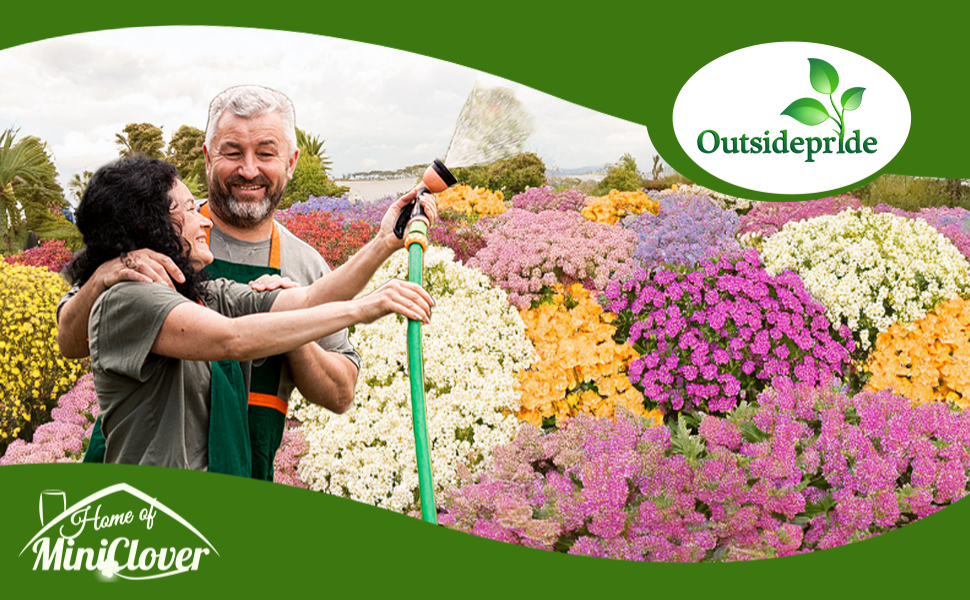
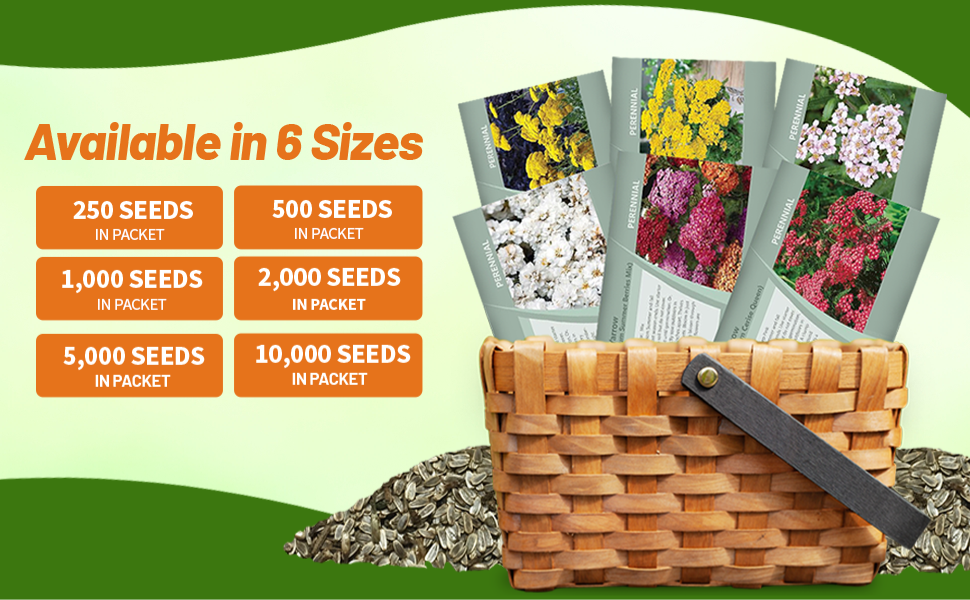
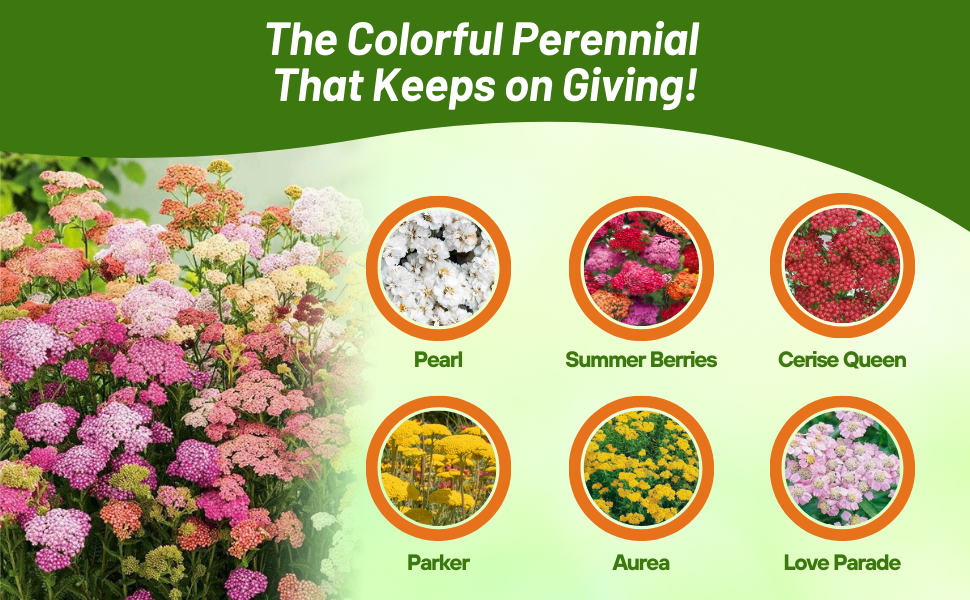
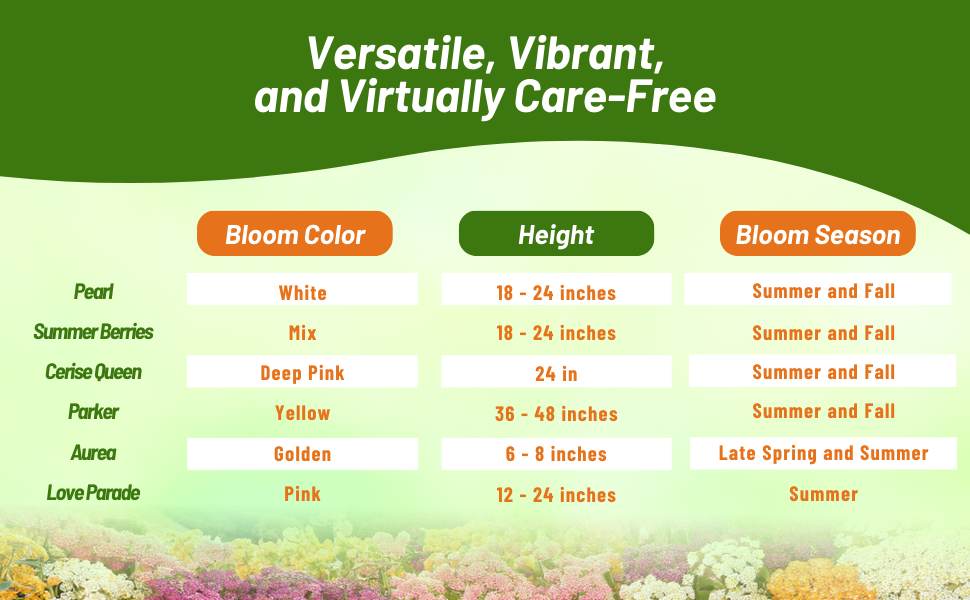
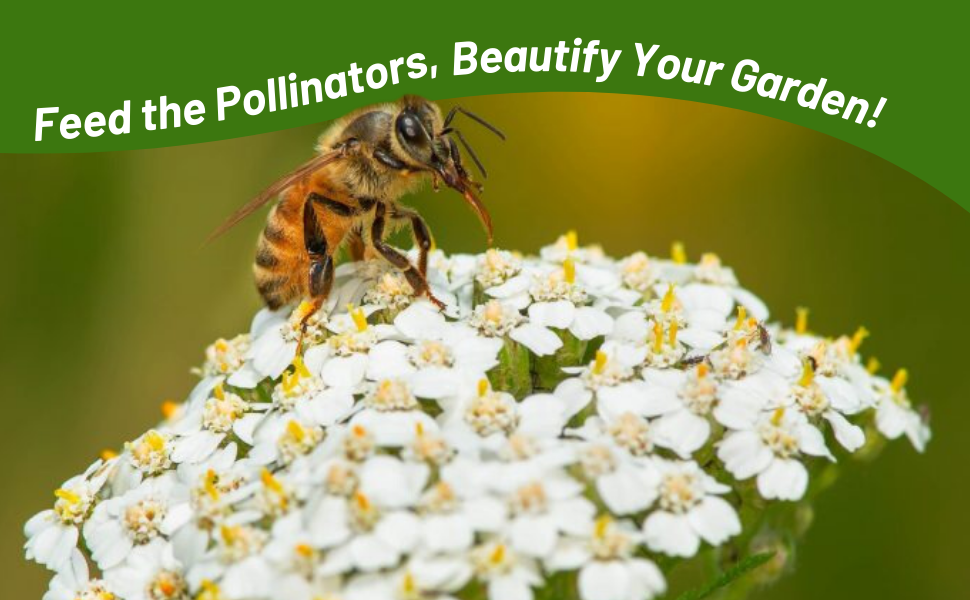
Yarrow Love Parade (Achillea sibirica) - This pink flowering yarrow is an upright, tufted, perennial plant that is native to Siberia which is why it is often referred to as Siberian Yarrow. It typically grows to 12 - 24 inches tall. Small flowers around 1/2 inch in diameter bloom in summer in dense clusters atop stems. Each small flower features dull white disk flowers which are surrounded by white rays. Yarrow grows well in sunny, hot and dry locations. You can plant Yarrow in mass, along flower beds or use as a border plant in the cottage garden.
Easily grown in average, dry to medium moisture, well-drained sandy loams in full sun. Plants do well in average to lean garden soils and tolerate poor soils as long as drainage is good. Avoid heavy clay soils and moist, rich, fertile soils. Plants tolerate hot, humid summers and drought. Try to avoid areas that have strong winds. For additional blooming, deadhead spent flowers. Cut plants back to basal leaves after flowering to tidy the planting and to encourage possible additional blooming late in the season. Divide clumps every 3 to 4 years when they become overcrowded.
After frost danger has passed, directly sow Yarrow seeds outdoors in prepared soil. Press the seeds into the soil. Thin Yarrow seedlings to 16 inches apart.
Common Questions
Are achillea plants deer resistant?
Yes, both deer and rabbits avoid these plants.
How often should I divide achillea, and when?
Divide every 2-3 years as they can be vigorous spreaders. Divide in fall or spring; fall in warmer areas, spring in cooler areas.
Can I grow achillea in containers?
Yes, mixed or by itself yarrow does just fine in containers.
Is achillea a good pollinator plant?
Yes, both bees and butterflies are attracted to the garden with yarrow flowers.
What are some good areas of my landscape to use yarrow plants?
This perennial is used in full sun areas for rock gardens, edging plants, butterfly gardens, cut flower gardens, garden beds, informal gardens, prairies and meadows or in containers.
Are plants toxic to animals?
Yes, these plants are toxic to dogs, cats and horses.
Do I need to deadhead my spent blooms?
Yes, if you want a longer bloom season you will need to deadhead your spent blooms.
What are the pros and cons of adding yarrow to your garden?
Yarrow serves multiple purposes: it repels unwanted insects, attracts pollinators, and enhances soil structure with its deep roots. However, in optimal conditions, yarrow has the potential to spread aggressively.
How can I use yarrow flowers in floral arrangements?
Yarrow flowers feature long, sturdy stems and are available in a variety of colors. They serve as an excellent filler in floral arrangements.
What are some recommended companion plants for yarrow?
Plants such as heleniums, anthemis, echinacea, shasta daisies and monarda are wonderful companion plants for yarrows.































